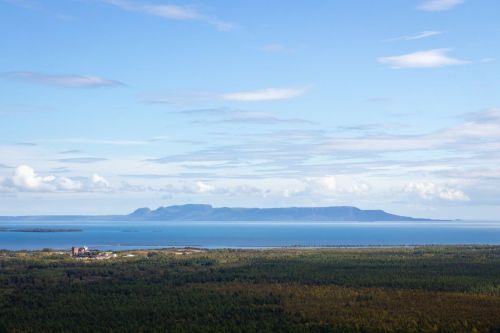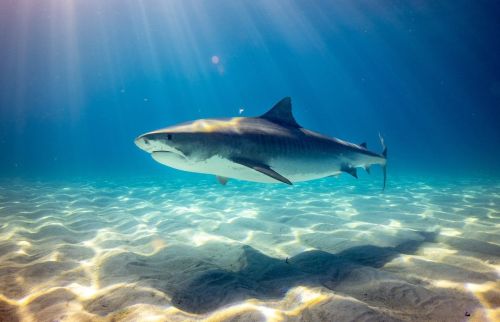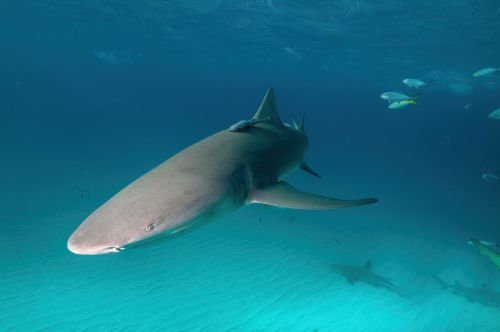Sea lampreys have a very characteristic life cycle. Freshly spawned fish remain in their larval stage - ammocoetes - for several years. During this time they feed on detritus and plankton. After metamorphosis into adult form, they begin to feed on blood, which they suck from fish and aquatic mammals with their characteristic sucking, conned mouth.
They mate only once in their life and then die.
They live in the western and northern Atlantic, near seashores of Europe and North America, the Black Sea, and the western part of the Mediterranean Sea.
In the United States, they are a native species to the Connecticut River basin.
Sea lampreys belong to the class of Chondrichthyes, which make up a minority of all living fish. Of the nearly 35,000 species of fish, there are about 1200 cartilaginous species only.












